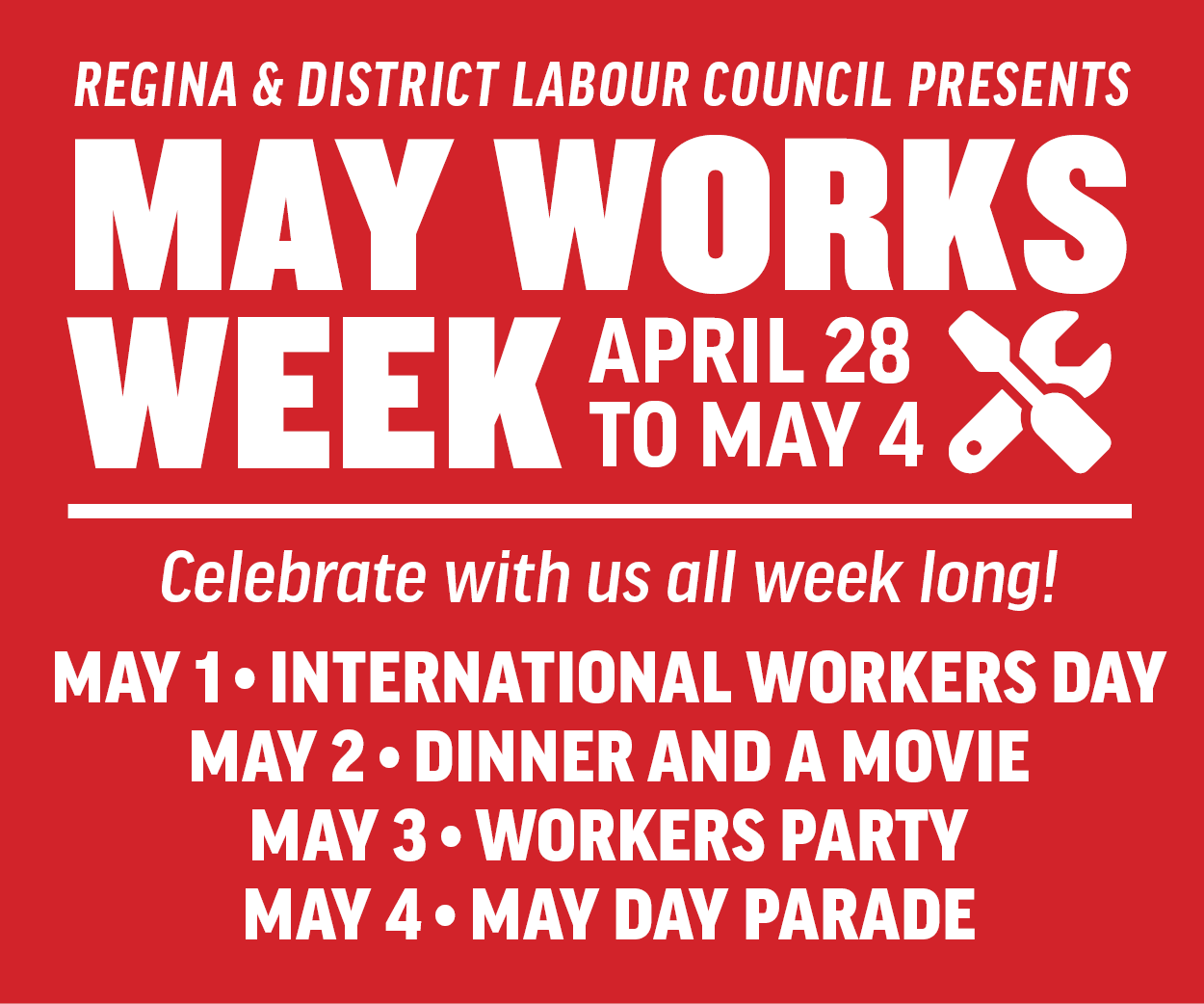 I’m sorry to inflict this on you. I’m sure when you woke up this morning you probably weren’t thinking, “Gosh, I sure would like to go over some graphs today! I hope they deal with municipal capital expenditures!”
I’m sorry to inflict this on you. I’m sure when you woke up this morning you probably weren’t thinking, “Gosh, I sure would like to go over some graphs today! I hope they deal with municipal capital expenditures!”
Like I said: Sorry. I’ll try to make this as brief and painless as possible.
So, we’ve five days until the 2011 draft budget is debated (Jan 18 at 5:30 pm, be there or be square), and I thought I’d do a couple posts on the subject just to get everyone all excited.
The big news about the budget so far has been the proposed 4.13 per cent mill rate increase. No one seems happy about it, neither in council nor in L-Ps lively comment sections, but I think it’s safe to say we can expect to see that get whittled down on Tuesday. My money is on another 4.0 per cent hike.
Looking over the budget, I had the feeling that it’s pretty boring. I mean, in more than just the usual way that things like city budgets are boring. It seemed like a business-as-usual kind of budget. And that got me thinking, don’t we have a whole bunch of really big plans to revitalize the city on the go right now? Where are all the big projects?
That in mind, I was looking at the summary of capital expenditures for the next five years, thinking, man, it sure looks like the city has a lot of big things it’s committed to invest in but not a lot of that spending seems to be happening this year.
So I made a little chart. And then I thought it might help give me some perspective if I graphed the same data from the last five budgets. And voila, you get that chart above.
Basically, each year, the capital side of the budget will show how much money is actually getting invested in capital and then it makes projections for what capital expenditures need to get made over the next four. In the graph, the pretty coloured lines show the anticipated spending in each of the last five budgets — 2007 through to 2011. They show what the city imagines it will have to spend. The dull brown line charts the actual capital spending over the last five budgets. It’s the boring reality.
You’ll notice that with the ’07 and ’08 budgets, their anticipated spending has tracked pretty close to what we’ve actually been spending.
After that, things start to go a little mad.
Actual spending continues to increase at about the rate you’d expect. Anticipated spending, however, explodes.
What’s going on? Have to say, I’m not sure. Now, you’d think there’d be a certain amount of padding of the projections. I can see how it’d be prudent to assume that, say, construction costs and fuel costs are going to go through the roof when you’re making plans for the future because it’ll be easier to cope if you’ve overestimated those expenses than underestimated them.
But actually, until 2009, city hall was doing a pretty good job of guessing how much they’ll actually be spending down the line.
From 2009 onward, not so much.
 Just to make things even more perplexing, here’s another graph….
Just to make things even more perplexing, here’s another graph….
That shows the five-year total expected capital spending in each budget. In other words, if you add up the actual and anticipated spending, this is what you get. You’ll notice that there’s a fairly gentle rise to the anticipated total spending. Oh sure, between ’08 and ’09 there’s a slightly larger than normal jump, but it isn’t a really huge leap in what the city expects they’ll have to spend.
In other words, assuming the five-year totals of expected spending are fairly accurate, then those pretty colourful lines representing anticipated spending aren’t just pie-in-the-sky dreams and hyperbolic pessimism about the inflation rate. They represent the cash we actually have to come up with.
Eventually.
So what does all this mean? Like I said, I’m not sure. But I’m willing to hazard a guess.
The city has a lot of really big, glowing hot irons in the fire right now. A downtown plan, a rec facilities plan, a transit investment plan and a new official community plan in the works. Add to this a massive infrastructure debt — $2.1 billion is the figure I seem to recall — which means we have to throw around a lot of cash over the next few years to fix our roads and repair our water and sewer system. Then, just to keep things interesting, the city also wants to help the province drop a half billion dollars (or more) on a new stadium. All those projects demand a lot from the city’s coffers.
What we’re seeing in these graphs, I think, is what happens when successive councils are unwilling or unable to raise taxes or other sources of revenue high enough to keep pace with their own dreams for the future. Real spending continues its slow, steady trudge upward as represented by the brown line. Meanwhile, that whole area underneath those pretty colourful lines represents the vast territories occupied by our aspirations.
I’m gonna call that zone of dreamed-about spending the Procrastination Gap. (My wife suggested we call what causes it the Mañana Effect.)
The Procrastination Gap represents the trade off between tiny (or nonexistent) property tax increases today for really nasty ones down the line. It may also represent the value all these various plans have as paper weights.
Or maybe I’m totally making mountains out of molehills here and all we’re seeing is some really exaggerated projections and the future costs are going to be completely manageable.
But I’m not going to hold my breath for that. I think what I’ve learned from this project is that the next city council (there’s an election next year) is probably going to have make some tough decisions. It will either have to make some substantial boosts to the mill rate or fess of up that the awesome Regina of the Future we’re hoping for — the one with the vibrant downtown, the spiff new stadium and no potholes — is going to be delayed by a few years.
Here’s hoping that Infrastructure Summit at the end of the month is a huge success and council gets lots of new ideas for sources of revenue. Because, honestly, I don’t see any council in the wings that’s going to be willing to raise property taxes more than a tick. So finding new revenue streams is the only way I think we’re going to be able to close the Procrastination Gap.
Hm. So much for brief.
Anyway. Come back tomorrow for more on the 2011 Budget. Specifically, I’ve got some bonus material to go with that piece on the city-wide recycling program that’s in the current issue.
And, if you think all this graph-tacular “analysis” is a load of bunk, please let me know in the comments below. I’d love to hear what the rest of you think about this.
UPDATE: Yeah… so it was pretty clear that some (one) people (Whitworth) weren’t exactly following how that first graph worked even with me there over their (his) shoulder explaining it to them (him) so I’ve added a couple notes so that it might be a little easier to see what I’m getting at.





